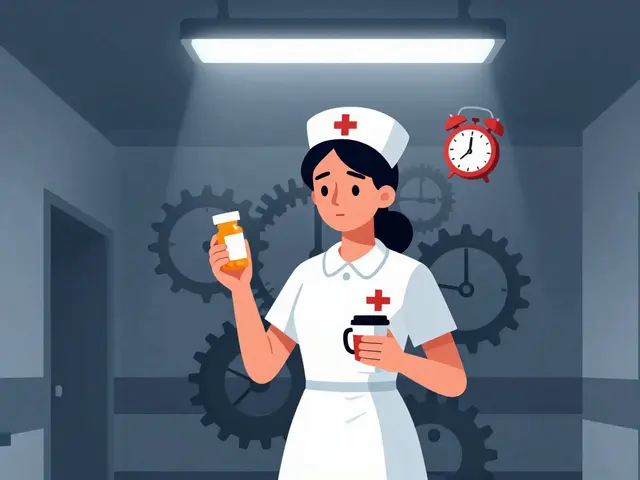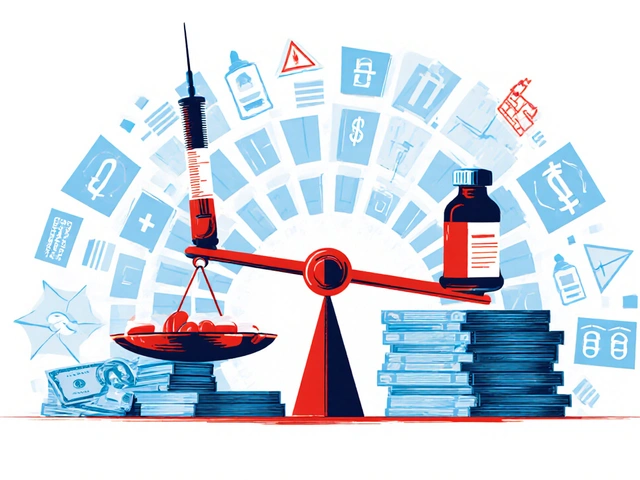Drug Side Effects
When dealing with drug side effects, unwanted symptoms or health changes that occur after taking a medication. Also known as adverse reactions, they can range from mild nausea to serious organ damage. Medication safety, the practice of preventing harm while using medicines depends on recognizing these signals early. If you know what to look for, you can act fast, avoid escalation, and keep your treatment on track. This foundation lets you ask the right questions at the pharmacy or doctor’s office and stay in control of your health.
How Monitoring Systems Keep You Protected
Beyond personal awareness, a whole industry works to catch drug side effects before they become a public health issue. Pharmacovigilance, the systematic collection, analysis, and prevention of adverse drug events monitors reports from patients, clinicians, and researchers. When a pattern emerges—say, a new heart rhythm problem linked to a popular antihistamine—regulators may issue warnings, adjust dosing guidelines, or even pull the product. This feedback loop shows that drug side effects influence safety policies, and safety policies shape how doctors prescribe. In practice, it means you’ll often see label updates or boxed warnings that directly reflect the latest side‑effect findings.
Another crucial piece is drug interactions, changes in a drug’s effect caused by another substance, such as another medication, food, or alcohol. Interactions can amplify side effects or mask them, making it harder to identify the culprit. For example, taking a blood thinner with certain antibiotics can increase bleeding risk, while combining a stimulant with a sedative might blunt the alertness side effect of the stimulant. Knowing which drugs interact helps you separate a true side effect from an interaction‑driven symptom, allowing safer combinations and clearer communication with healthcare providers.
All of this knowledge feeds into everyday decision‑making. Whether you’re starting a new antidepressant, switching to a generic pain reliever, or adding a supplement, you’ll want to check the common drug side effects list, ask about interaction risks, and understand the steps to take if something feels off. Our curated collection below walks you through real‑world examples: from how varenicline can upset sleep, to the skin‑gut link that shows side effects aren’t always limited to the organ you expect. You’ll also find practical tips on managing nausea from chemotherapy, choosing safe generic options online, and spotting warning signs in chronic conditions like Parkinson’s or HIV. Dive in to get actionable insights that turn abstract side‑effect lists into concrete, manageable steps for your health.





